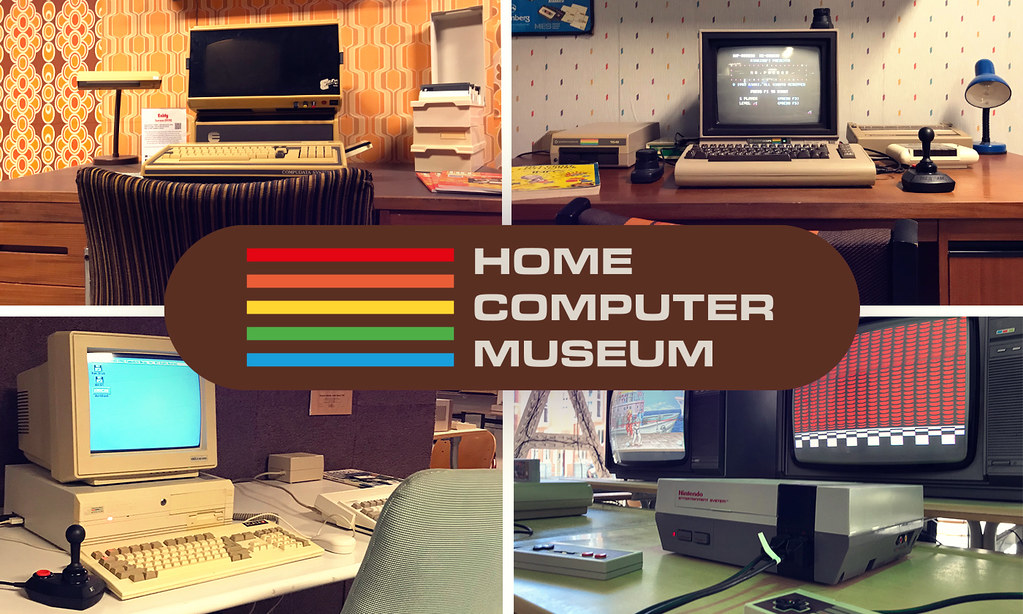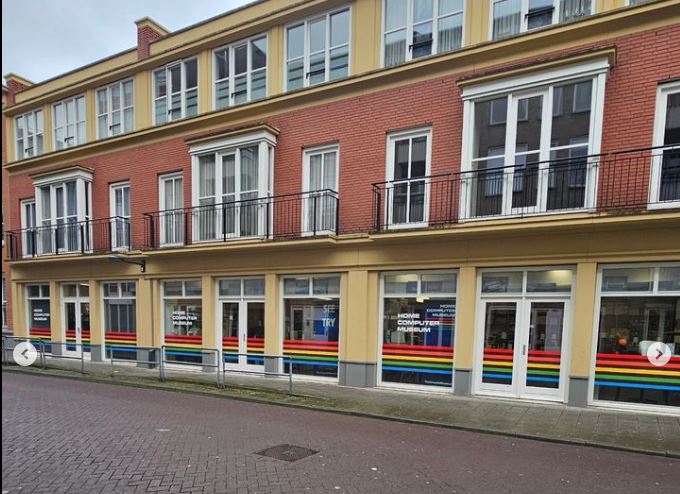
Last week, I visited the Home Computer Museum in Helmond (https://www.homecomputermuseum.nl), and I decided to write a post on how I experienced this museum. This was in fact my second visit, since I visited the museum several years ago for a first time. In between my visits, many things have changed, all for the better. I am aware that being a computer geek myself, my opinions on the museum might be a bit bias. I did however do my best to try to experience the museum from an objective point of view. Bart, the owner of the museum, asked me to let him know how I experienced my visit. So, through this blog post, I’m hoping to provide him with some answers to his request, while at the same time it allows me to convince you all to pay the museum a visit sometime. I promise you won’t regret it!
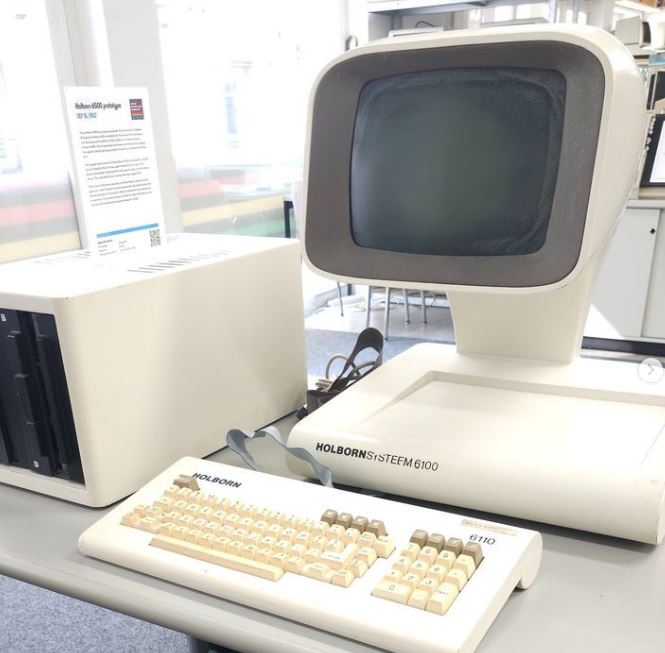
In case you already have an interest in computers, and especially the history of them, then there’s no question about it, you simply have to visit this museum! I suppose that people like this make up the majority of all the visitors. These visitors will NOT go home disappointed, I guarantee it. For people who have no particular interest in computers, but who are still eager to learn a new thing or two, the museum is also worthwhile visiting. Nowadays, it’s almost unimaginable that a person grew up without using some kind of computer. Seeing the computer you grew up with, is very exciting to most people, even if you are not a computer geek. The museum has air-conditioning, so that makes it an ideal spot to cool down if you are fed up with the outside heat we are currently experiencing.
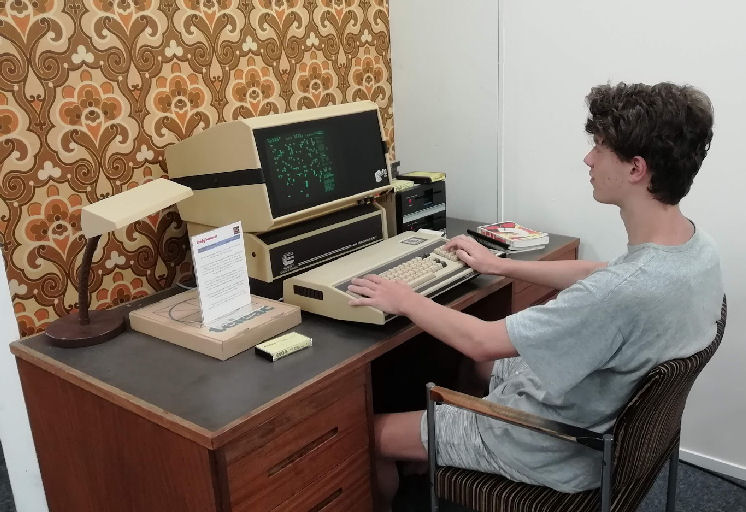
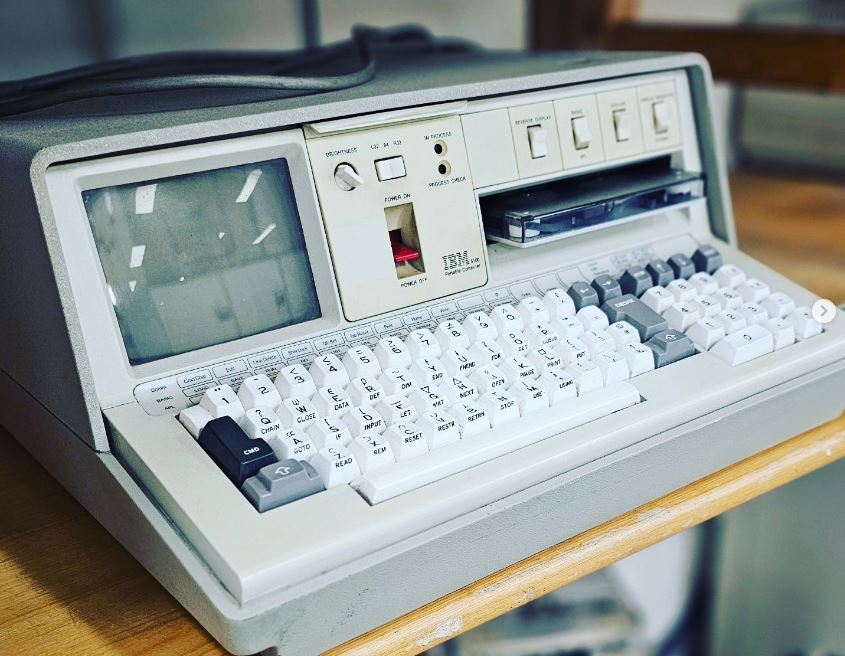
One of the great things about the museum is that pretty much all the computers are switched on, and you are free to sit down and use them. The machines that are capable are all network connected, with access to the internet through a proxy server that makes it appear you’re using the internet during the 90s, the earlier days of the internet. I totally love this fun detail! If you come to the museum with the intention to see or use a specific device, and you find it is not running while you’re there, simply talk to one of the people working there, and they’ll be happy to help you out. Unless, of course, the machine is not able to run due to a defect. But the chances of that happening are rather small, since the museum has a solid technical team that is able to perform miracles.
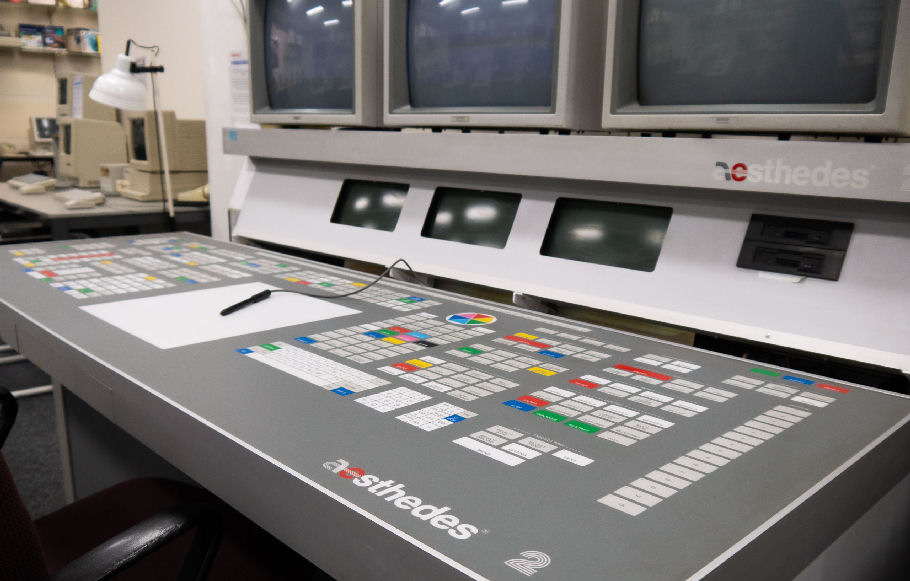
When you come to the museum, you’ll be greeted by somebody behind the counter to handle your entry to the museum. To the left of the counter is an entry to a separate gaming room that hosts every kind of game console you can think of, that you can play with. This is also the spot where the museum tour starts. You may be eager to start the tour, but try to ignore this impulse and don’t walk in just yet, because at the very start of the tour are some bulletins on the wall that show some interesting information. Your eye will probably be caught by other stuff, so if you don’t pay attention, you might pass right by them without even realizing it. The tour tries to follow the timeline, meaning that it starts with the older machines and ends with more recent devices. Most computers, although not all, but certainly the most rememberable, include an information card. These are written in Dutch and in English, each on one side of the card, so pick’m up and flip’m around so you can read the language that suits you best.
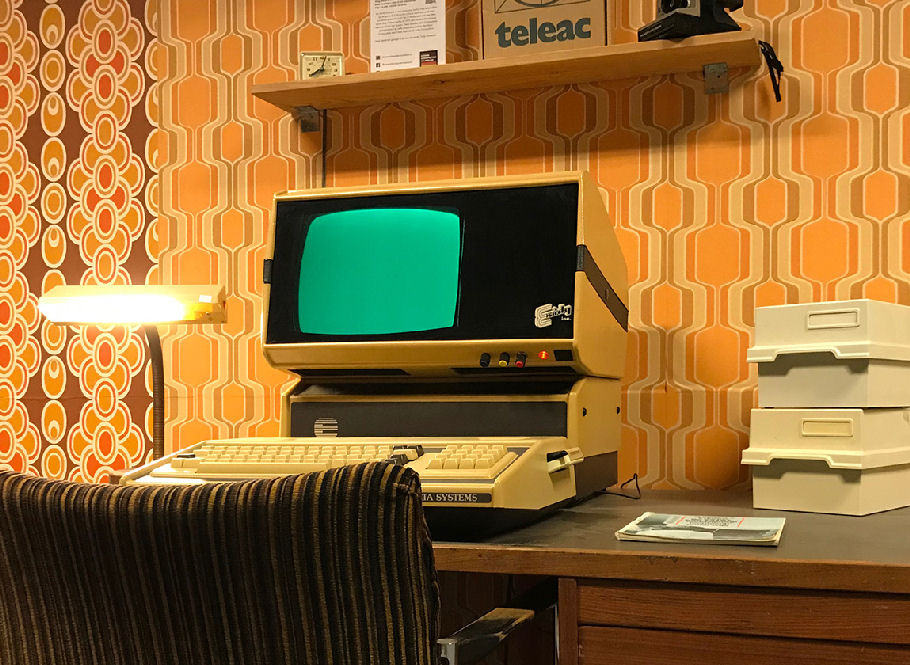
During your tour, you’ll soon start noticing that many computers are displayed in a setting that resembles the times of when the computers were used. I think this is absolutely great, and I’m a big fan of it. They should do this even more, where possible. But I’m guessing that they’re already short of space for displaying as it is right now, so they’re simply not able to do so. I do hope that they’ll keep up with this form of displaying the computers if or when they’re going to expand.
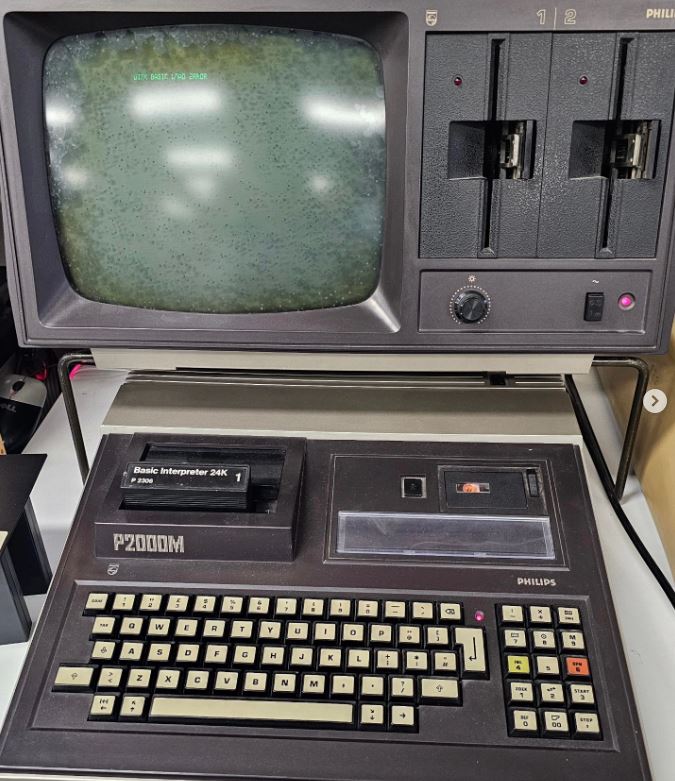
During my first visit, I didn’t read any of the informational cards, but this time I did, and I’m glad I did, because I’ve learned many new, interesting facts. So I would advise reading these. The museum makes an effort to make sure these facts are true, and this goes beyond simply copy/pasting Wikipedia. Some info cards, not that many though, include a QR code that will send you to a page including additional information on the device. Simply scan the QR code with your mobile, and then you’ll have something interesting to read for when you get back home. Pretty cool feature!
Fast-forward a bit, because this post is getting too long. At the end of the tour, you’ll find a room that holds the largest amount of boxed games, according to Guinness Book of Records. Here you can also try several multiplayer games with your friends. I was surprised to see World of Warcraft can also be played. Next time I go there, I have to remember to ask how they accomplished this.
Another cool feature of the museum that I wanted to mention is that they have a very active and fun Instagram channel. When you follow their Instagram, you’ll feel like you’re a part of the gang in some way. A gang that gets excited about hardware. I guess the text that they post alongside their pictures is responsible for this. It’s one of my favorite channels on Instagram that I follow! Homecomputermuseum@Instagram.
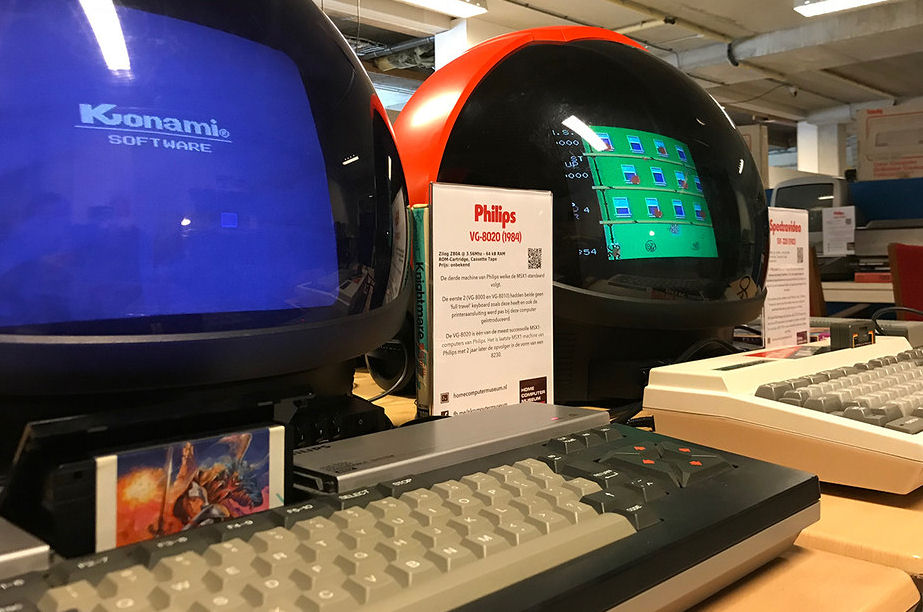
I was asked to put my experience of the museum in words, and I hope I succeeded in that. I am aware that positive criticism can be very useful, so I’ve been thinking for a long time if I had any criticism or not, and I couldn’t really think of anything. It’s a great museum, fascinating, and also fun. I see the museum the same way as a 5-year-old sees a playground. I’m pretty sure that many visitors will also see it this way.
If I was hypothetically speaking, magically, made to suddenly be the owner of the museum, would there be anything that I would change? Well, I think I would expand the collection a bit, by also including some server machines that have become memorable. Although, come to think of it, this doesn’t really fit in the theme of a Home Computer Museum. Still, I would find it interesting to see an ancient, functioning mainframe server for example, or a Blade server, that helped grow the internet tremendously.
EDIT: After having posted the link to the Instagram channel of the museum, I took a quick look, and noticed that they’ve started a crowdfunding in order to expand the museum. They should definitely be expanding, so we can enjoy more of it! I think this is a great idea. Here’s the link to their crowdfunding page: https://hcm.zone/kickstarter. Click it to see an interesting video.
